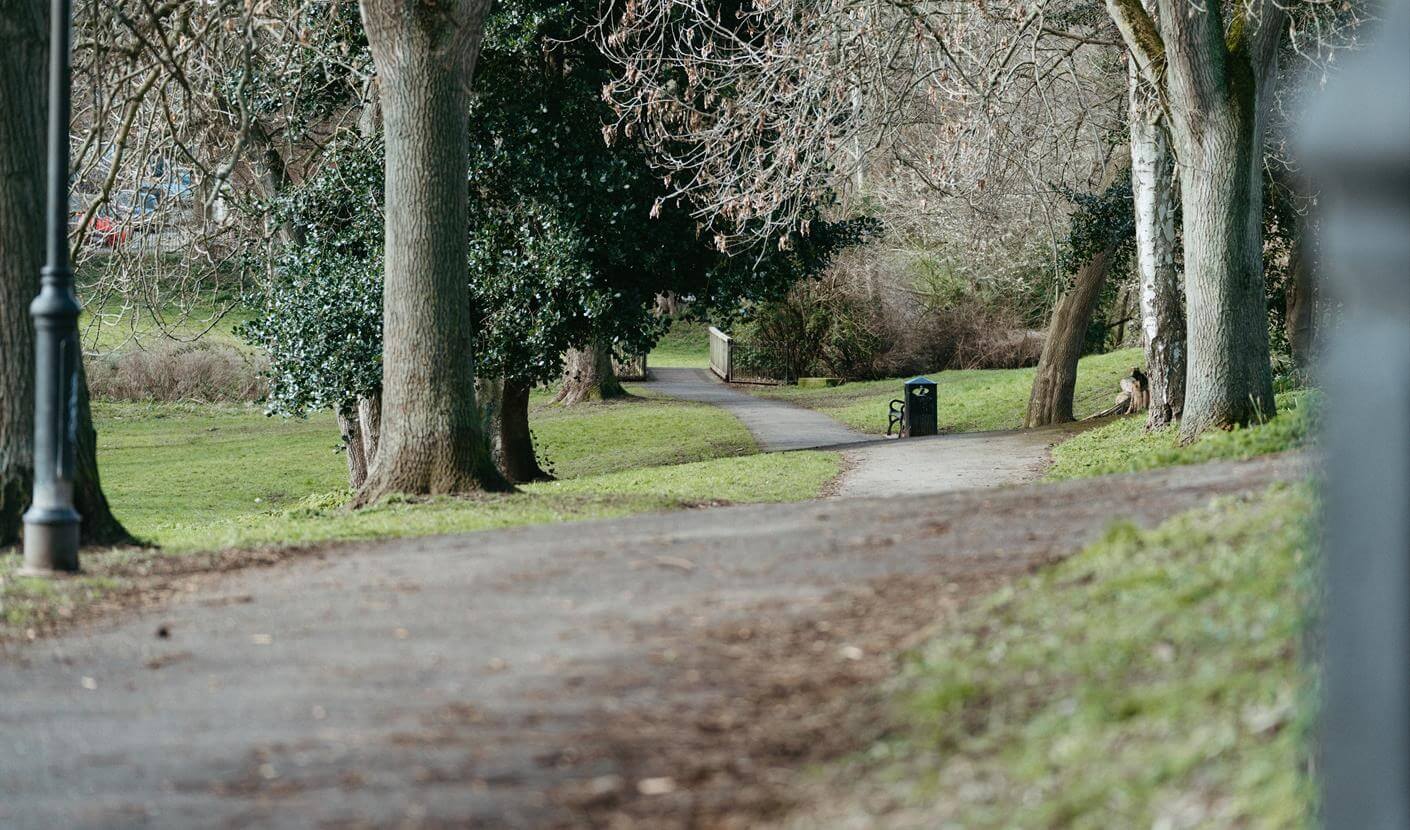Groundbreaking approach to carbon counting in Darlington

Grass verges, open land, woodland and individual trees have all been counted in an independent audit commissioned to assess the potential of our land to absorb carbon from the atmosphere (sequestration). This is the first time a UK local authority has looked at its land in this way.
Initial results show that our land is sequestering 1,192 tonnes of CO2 annually. This represents almost 20% of our latest reported emissions and is expected to increase further once soil sequestration data is added and additional tree data is complete. These results will form an essential part of our carbon calculations as part of its aim to become carbon neutral by 2040.
In 2019, we passed our first climate emergency declaration, committing to becoming carbon neutral by 2050, in line with government targets. In 2023, we reaffirmed our climate emergency declaration, but recognising the increasing urgency for action, brought forward the date to 2040. We also added increased emphasis on bringing the rest of the borough along with us and are tracking wider borough emissions in the same way as council emissions.
We have set a target of 40% carbon emissions reduction every five years until 2040. So far, we have reduced emissions by more than half from baseline levels. This trajectory, however, will still leave around 1000 tonnes of residual emissions to offset each year.
Other ways need to be found to offset this carbon – the findings from the survey show that the carbon sequestration from council land will make up for the 1,000 tonnes shortfall in its carbon calculations.
Origin Amenity Solutions was appointed to study the carbon sequestration potential of the land holdings. Landscape & Environmental Service Ltd analysed the carbon sequestration of the land using its carbon audit methodology specifically developed for green infrastructure. The carbon audit measured the council’s carbon footprint against the natural process of carbon accumulation in growing vegetation and soil.
The land surveyed included: grassland, cultivated land, woodland, grass verges and individual trees as well as trees that have been planted as part of the council’s ambition for 100,000 trees by 2031.
Chris McEwan, cabinet member for economy said: “We have already made good progress towards our carbon neutral ambitions – reducing our carbon emissions by more than half since 2010. In our strategy we are aware we need to use carbon offsetting to reach our target by 2040. This means looking at alternative ways to reduce our carbon footprint and starting close to home with our own land is an ideal fit.
“These are exciting times, and I am pleased to see that we are taking the lead by looking at different areas where we can make carbon savings and gains towards achieving our ultimate goal of reaching carbon neutral by 2040.”
Libby McCollom, cabinet member for local services, added: “We have learned a lot through this survey including how much we have underestimated the amount of carbon already stored in our land and how this can be increased further by our ongoing ambition to plant 100,000 trees by 2031. We have also taken on board recommendations on how we can improve our carbon sequestration.
“In addition, we are also looking at other ways such as using different mixes of grass and clover seeds to enrich what we already have. We are also looking at working further with experts in this field and, through collaboration, with local educators, to nurture the experts of the future.”
The full survey results are available at www.darlington.gov.uk/climatechange
This work will contribute to our pledge to become carbon neutral by 2040. This pledge covers all service areas, and we aim to encourage residents and businesses to join us on the journey towards a more sustainable future. More details are available at www.darlington.gov.uk/sustainable
